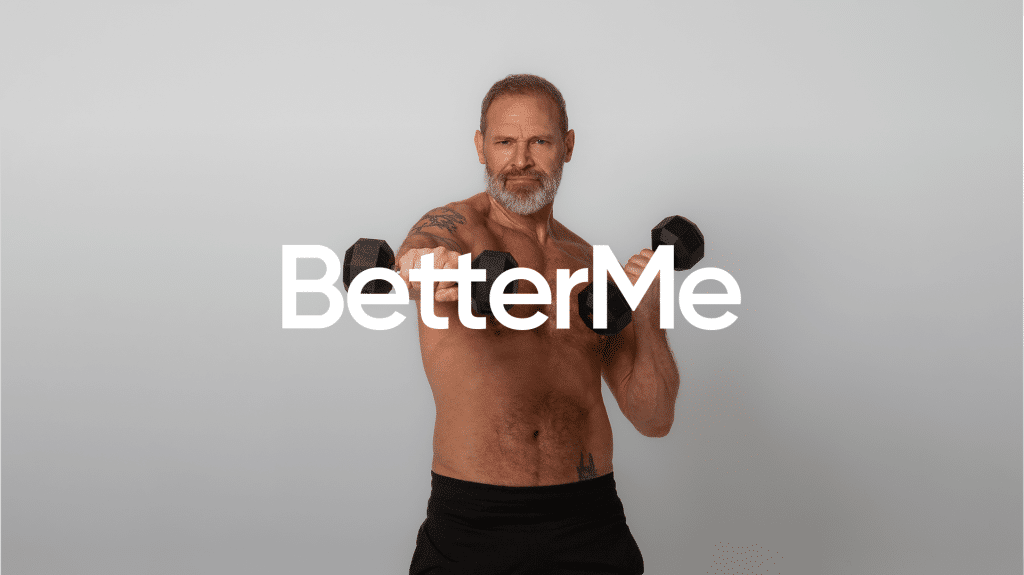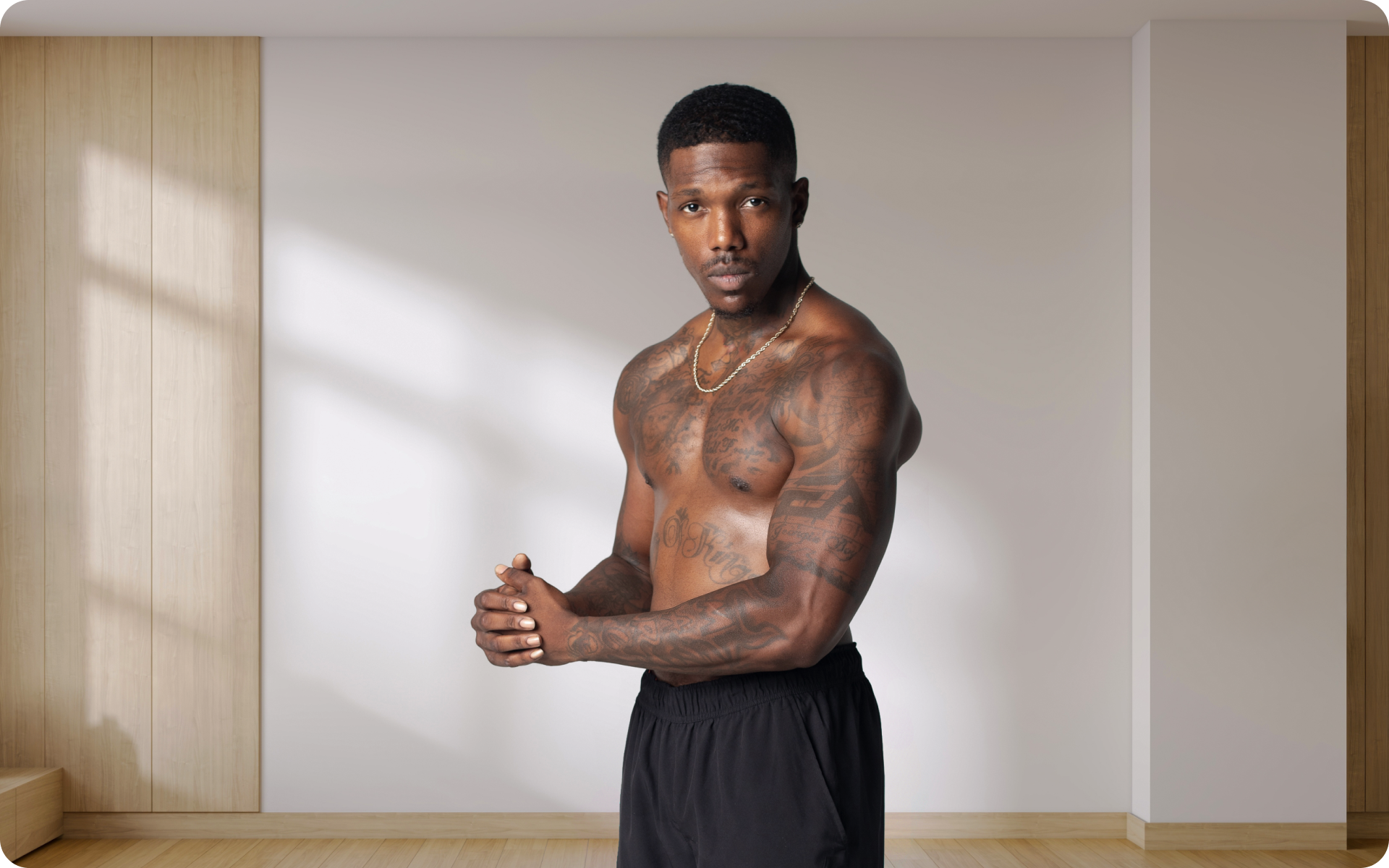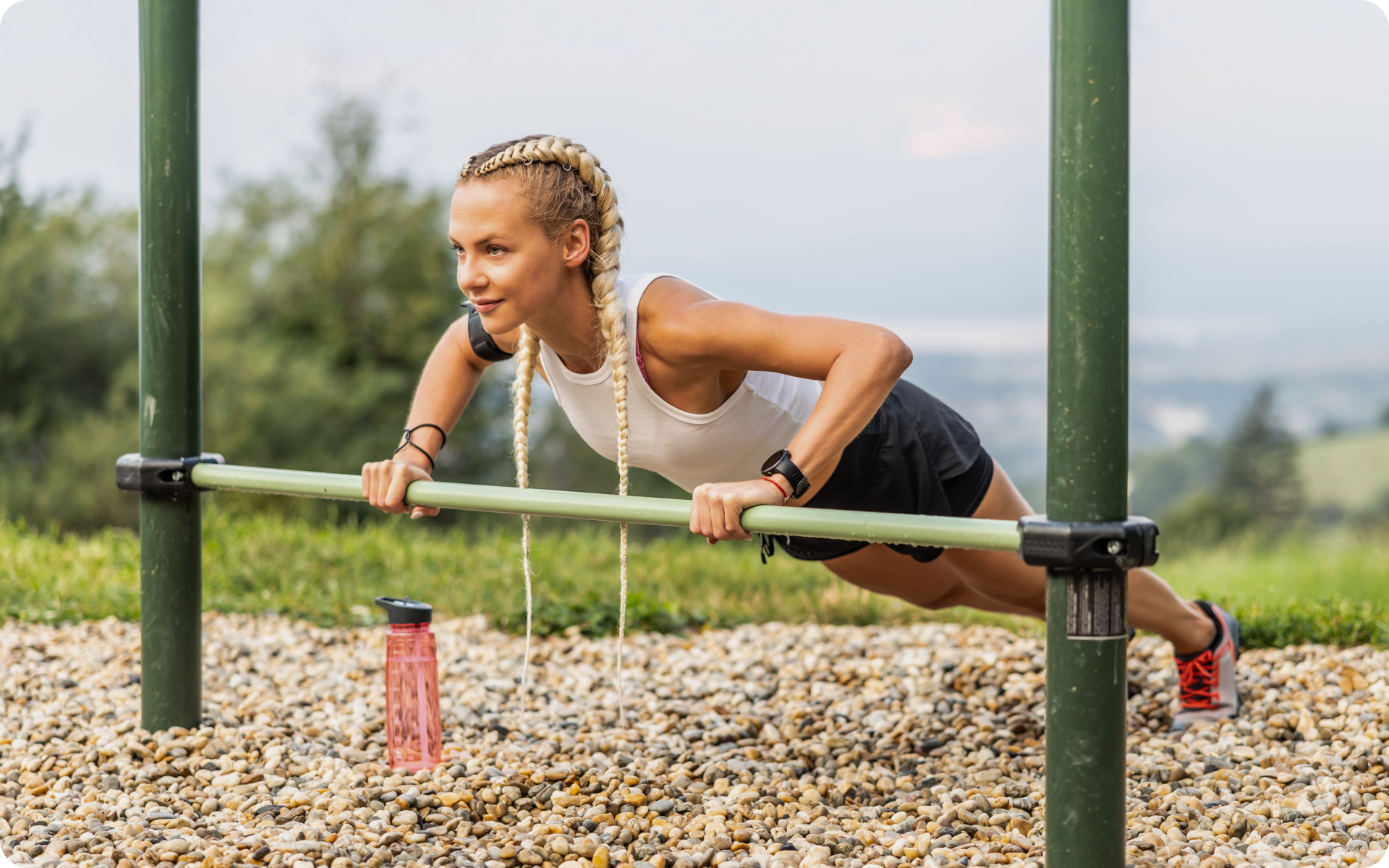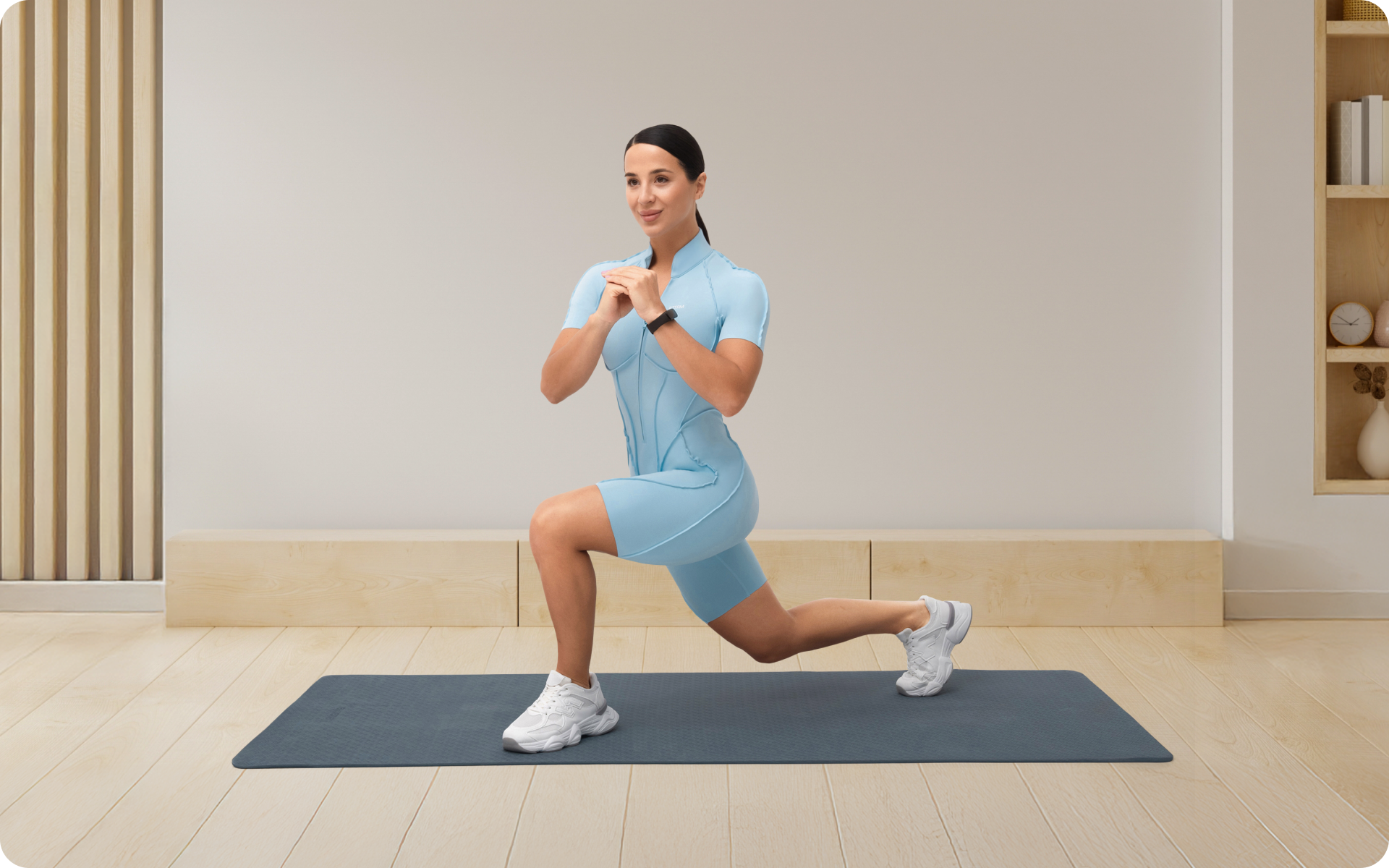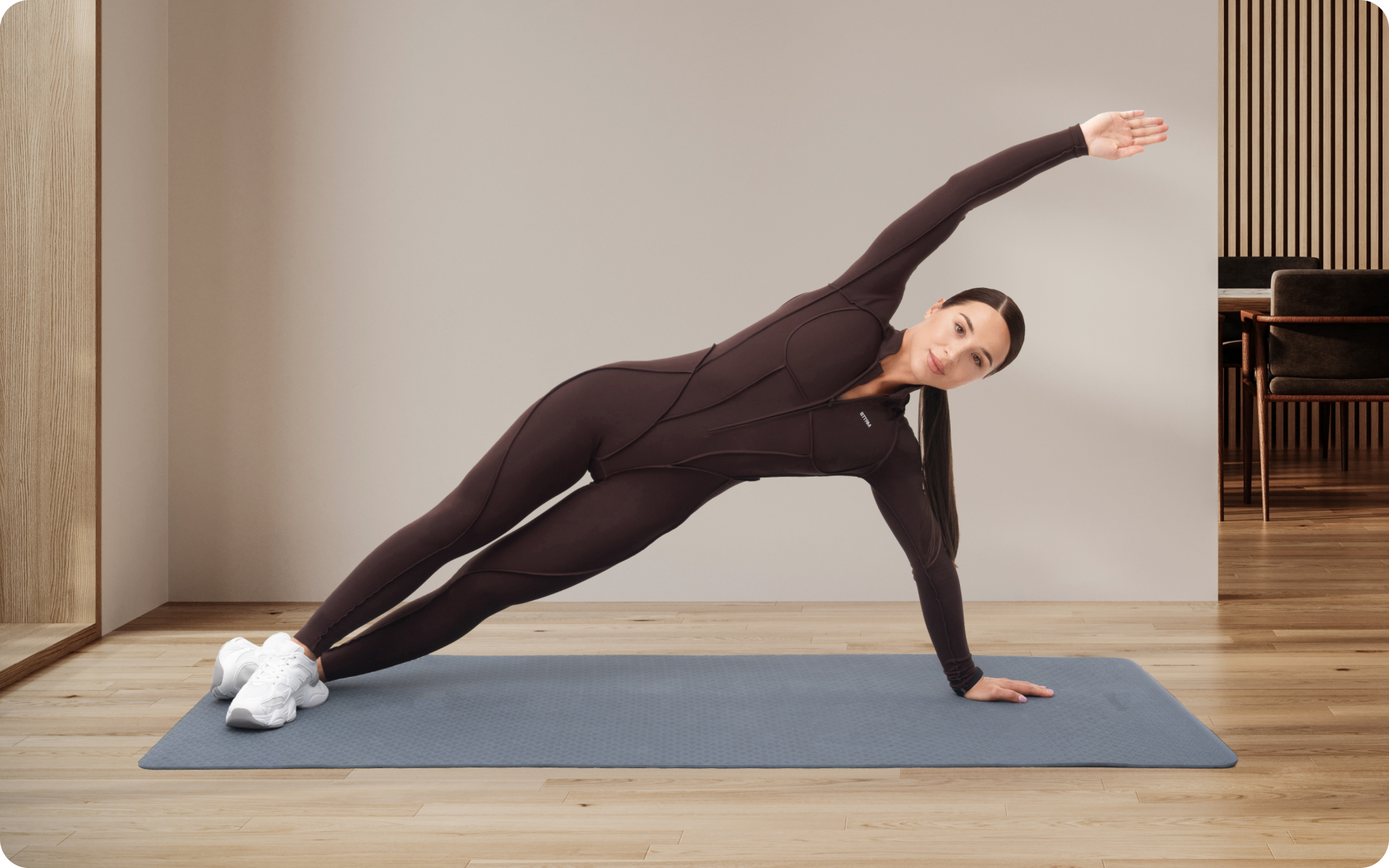If you’re new to functional fitness, you need to know it’s about three things: balance, strength, and range of motion. It’s about training your body to handle real-life situations, not just lifting heavy weights in a gym. Core workouts using calisthenics can be the perfect way to build this kind of functional fitness.
Welcome to ‘Core Workouts Calisthenics Edition: The No-Gym Approach To Building Functional Fitness.’ This guide is designed to introduce you to the world of calisthenics, a discipline that uses your own body weight for resistance. With calisthenics, you don’t need expensive equipment or a gym membership.
All you need is determination, patience, and the willingness to push your body to its limits. Through these core strengthening exercises, you’ll create a strong foundation for your overall strength and fitness that will serve you well in every aspect of your life.
What Is Core Workouts Calisthenics?
Core workouts calisthenics refers to a set of exercises focused on strengthening the core muscles through bodyweight training or calisthenics movements. The term ‘calisthenics’ comes from the Greek words ‘Kalos’, which means beauty, and ‘Stenos’, meaning strength.
This means that it is a discipline that combines aesthetics with physical prowess, using your own body weight as resistance. The core muscles are a complex series of muscles extending far beyond your abs, including everything besides your arms and legs. They are incorporated in almost every movement of the human body.
These muscles can be categorized into two sections: the stabilizers (transverse abdominis, internal obliques, lumbar multifidus, pelvic floor muscles, diaphragm) and the movers (rectus abdominis, external obliques, erector spinae). Each serves unique functions ranging from providing stability, supporting organs, aiding movements, and protecting the spine.
Strengthening the core will not only enhance physical performance but also transfer over into various daily aspects. A strong core can promote balance and stability, improve posture, reduce the risk of injury, support physical activities, and can help alleviate back pain. It can also improve your efficiency and ability when performing everyday activities (2).
Calisthenics is an effective method for core strengthening as it involves compound movements that work for multiple muscle groups simultaneously, which requires engagement from your core. This method of training emphasizes control, precision, and mindfulness, which can also help promote better body awareness.
In addition, as many calisthenics exercises often require you to maintain a stable core while moving other body parts, this can further contribute to a stronger core. The no-gym approach of calisthenics also makes it accessible to everyone, regardless of their financial capability or access to gym facilities.
Is Calisthenics A Core Workout?
Yes, calisthenics can be a core workout. Many exercises in calisthenics engage the muscles in your core, which include not only your abs but also muscles around your spine, pelvis, and hips. Movements such as planks, sit-ups, leg raises, and many others directly target these areas, helping to build strength and stability.
However, calisthenics isn’t limited to just core exercises. It’s a form of training that involves using your own body weight and gravity as resistance to challenge your full body, improving overall strength, flexibility, and balance. So while it’s an effective way to work your core, it can also benefit the rest of your body.
Read More: The Ultimate Calisthenics List Of Exercises For Every Level
Should I Train Abs For Calisthenics?
Yes, training your abs is an essential part of calisthenics. Your abdominal muscles are a key component of your core, which is the foundation for most calisthenic movements. A strong core can improve your performance, balance, and stability in various exercises. It can also reduce the risk of injury and aid in improved posture.
Moreover, many calisthenic exercises naturally engage the abs along with other muscle groups, providing a comprehensive workout. For instance, exercises like planks, leg raises, and Russian twists are excellent for targeting the abs.
But remember, while it’s important to train your abs for calisthenics, don’t neglect the other parts of your body. A well-rounded approach that includes all muscle groups will yield the best results.
How Do You Train Core In Calisthenics?
Training your core in calisthenics involves using your body weight as resistance to strengthen and tone your abdominal muscles, lower back, obliques, and pelvic muscles. Here’s how you can do it:
1. Plank
Originating from the yoga pose called Kumbhakasana, the Plank is one of the best core exercises for calisthenics. It targets the transverse abdominis, rectus abdominis, and the oblique muscles (3). This exercise is excellent for beginners as it’s simple and doesn’t require any equipment, making it a perfect daily core workout at home.
Steps to perform a Plank:
- Start in a push-up position but rest on your forearms.
- Keep your body straight from head to heels.
- Engage your core and hold this position for as long as possible.
2. Leg Raises
Leg Raises are a staple in core strengthening exercises. They primarily target the lower abs but also engage the hip flexors. Leg raises can be a bit challenging for beginners but with regular practice, you can improve strength in this movement and the muscles involved.
Steps to perform Leg Raises:
- Lie flat on your back, and place your hands under your glutes or lower back.
- Keep your legs straight.
- Slowly raise your legs to a 90-degree angle, then slowly lower them back down without letting your feet touch the ground.
3. Russian Twists
Russian Twists are an old-school exercise that targets the obliques, rectus abdominis, and lower back. It’s a versatile exercise that can be included in your daily core exercises for beginners.
Steps to perform Russian Twists:
- Sit on the ground with your knees bent.
- Pull your abs into your spine and lean back a few inches while keeping your back straight.
- Hold your hands in front of you and twist your torso to the right, then to the left to complete one rep.
4. Mountain Climbers
Mountain climbers are dynamic calisthenics core exercises that not only target the entire core and shoulders but also provide a cardiovascular workout. They’re a great addition to your calisthenics core workout plan.
Steps to perform Mountain Climbers:
- Start in a high plank position.
- Bring your right knee towards your chest, then switch and bring your left knee towards your chest.
- Continue alternating quickly, like you’re running in place.
Looking for a way to break the vicious cycle of weight loss and tone up all the jiggly parts? Watch the extra pounds fly off and your muscles firm up with the BetterMe app!
5. Hollow Body Hold
The Hollow Body Hold is a gymnastics exercise that has become a cornerstone in calisthenics core workout-no equipment regimes. It targets the rectus abdominis and the deep core muscles and requires a good deal of core strength and body control.
Steps to perform Hollow Body Hold:
- Lie on your back and contract your abs, pulling your belly button towards the floor.
- The arms and legs should be held straight out from the body with hands and toes pointed.
- Lift your shoulders and legs from the ground.
- The lower back must remain in contact with the floor. The position is held as long as possible with proper technique.
6. L-Sits
L-Sits are a classic gymnastic move that has been widely adopted in calisthenics due to its effectiveness in targeting the entire core, especially the lower abs and hip flexors. They are quite challenging and considered to be an advanced movement, therefore may require some time to master.
Steps to perform L-Sits:
- Start by sitting on the floor, legs extended in front of you.
- Place your hands beside your hips.
- Push your body up using your hands and hold the position.
7. Hanging Knee Raises
Hanging Knee Raises are a super effective calisthenics core exercise. They primarily target the lower abs and hip flexors, but also effectively engage the upper body via the demands placed on your shoulders and forearms when hanging, this can further increase grip and shoulder strength.
Steps to perform Hanging Knee Raises:
- Hang from a pull-up bar with your hands shoulder-width apart and your arms fully extended.
- Raise your knees to your chest, then lower them back down.
8. Body Saw
The Body Saw is a challenging exercise that targets the abs and deep core muscles. It’s a great progression from the plank and can be integrated into your daily core workout at home.
Steps to perform Body Saw:
- Start in a plank position with your feet on something that will slide (like a towel on a smooth floor).
- Push your body backward with your forearms then pull yourself back to the starting position.
9. Windshield Wipers
Windshield Wipers are advanced calisthenics core exercises that target the obliques and overall core stability. They require a strong grip and significant core strength.
Steps to perform Windshield Wipers:
- While hanging from a pull-up bar, raise your legs until they’re perpendicular to your body.
- Move them side to side like a windshield wiper.
Read More: Weighted Calisthenics: The Ultimate Guide To Advanced Bodyweight Training
10. Superman Hold
The Superman Hold is an effective exercise for strengthening the lower back. It’s a valuable addition to your calisthenics core workout plan, especially if you’re looking to work on your posterior chain.
Steps to perform Superman Hold:
- Lie on your stomach and extend your arms and legs.
- Lift your arms, chest, and legs off the ground and hold.
11. Handstand Holds
Handstand Holds are more advanced calisthenics core exercises that engage the entire body, with a particular emphasis on the shoulders, arms, and core. They require balance, strength, and control.
Steps to perform Handstand Holds:
- Stand facing a wall.
- Kick up into a handstand against the wall.
- Try to hold for as long as you can.
Should You Train Core Every Day Calisthenics?
While it’s technically possible to train your core every day, it may not be the most beneficial approach. Your muscles need time to fully repair and recover after workouts, and this includes your core muscles (1). Overtraining can lead to fatigue, decreased performance, and a higher risk of injury.
A well-rounded calisthenics routine will naturally engage your core in many exercises, even if they’re not specifically targeted at your abs or lower back. For instance, exercises like pull-ups, push-ups, and squats all require a strong, engaged core to perform correctly.
The frequency of core training in calisthenics, like any other form of exercise, really depends on your fitness level, goals, and overall workout plan. However, a common recommendation is to train your core 2-3 times per week, in a range of different movement patterns, to target all aspects of your core
If you’re a beginner, starting with two core-focused sessions per week can be a good starting point. As you progress and your strength increases, you can add more sessions or incorporate more advanced exercises.
Remember, quality is more important than quantity. It’s better to have fewer, focused sessions where you maintain good form and really engage your muscles than many sessions where you rush through the exercises.
As always, listen to your body and adjust your workout routine accordingly.
If you tend to let yourself off the hook, raise the white flag when things get tougher than you expected, send yourself on an unconscious binge-eating trip – BetterMe app is here to help you leave all of these sabotaging habits in the past!
FAQs
How to Build Core Strength for Calisthenics?
Building core strength for calisthenics involves a combination of targeted core exercises and full-body movements. Exercises like planks, leg raises, and Russian twists can directly target your core muscles.
However, many calisthenics exercises such as pull-ups, push-ups, and squats also engage the core, contributing to overall strength. It’s also important to maintain proper form during all exercises to maximize effectiveness and prevent injury.
Lastly, consistency is key. Regular workouts combined with adequate rest and nutrition will gradually improve your core strength over time.
What Is the Hardest Calisthenics Exercise?
The difficulty of calisthenics exercises can depend on an individual’s fitness level and experience. However, some of the most challenging exercises are often those that require a high level of strength, balance, and body control.
The Planche, Front Lever, and the Human Flag are often cited as some of the most difficult calisthenics exercises. These moves require significant upper body and core strength, as well as advanced skill and technique.
How Many Calisthenics Exercises per Workout?
The number of exercises per calisthenics workout can vary depending on your fitness level, goals, and available time. As a guideline, a typical calisthenics workout might include 4-6 different exercises.
A well-rounded routine should typically include a mix of horizontal and vertical pushing, and pulling exercises as well as hinging, rotation, l, and core-focused movement patterns.. Remember, quality is more important than quantity. It’s better to perform fewer exercises with good form and strength working through the full range of motion than many exercises with poor form or half-hearted effort and range.
Is It Possible to Do Core Workouts in Calisthenics?
Absolutely, calisthenics is an excellent way to work your core. Many calisthenics exercises naturally engage your core, making it an effective method for improving core strength and stability.
Exercises like planks, leg raises, and Russian twists are specifically designed to target the core. In addition, many other calisthenics exercises, even those that don’t directly target the core, require a strong and engaged core to perform correctly. Therefore, a regular calisthenics routine can provide a comprehensive core workout.
The Bottom Line
Core Workouts Calisthenics Edition: The No-Gym Approach To Building Functional Fitness is a comprehensive guide for anyone seeking to strengthen their core using bodyweight exercises.
With a range of exercises suitable for beginners to advanced athletes, this guide emphasizes the importance of functional fitness and the role of a strong core in overall health and performance.
Incorporating these workouts into your routine can help improve balance, stability, and body control, all without the need for a gym membership.
DISCLAIMER:
This article is intended for general informational purposes only and does not serve to address individual circumstances. It is not a substitute for professional advice or help and should not be relied on for making any kind of decision-making. Any action taken as a direct or indirect result of the information in this article is entirely at your own risk and is your sole responsibility.
BetterMe, its content staff, and its medical advisors accept no responsibility for inaccuracies, errors, misstatements, inconsistencies, or omissions and specifically disclaim any liability, loss or risk, personal, professional or otherwise, which may be incurred as a consequence, directly or indirectly, of the use and/or application of any content.
You should always seek the advice of your physician or other qualified health provider with any questions you may have regarding a medical condition or your specific situation. Never disregard professional medical advice or delay seeking it because of BetterMe content. If you suspect or think you may have a medical emergency, call your doctor.
SOURCES:
- 8 Reasons to Take a Rest Day (2019, acefitness.org)
- The real-world benefits of strengthening your core (2012, harvard.edu)
- Why You Should Start Doing Planks (2021, clevelandclinic.org)



